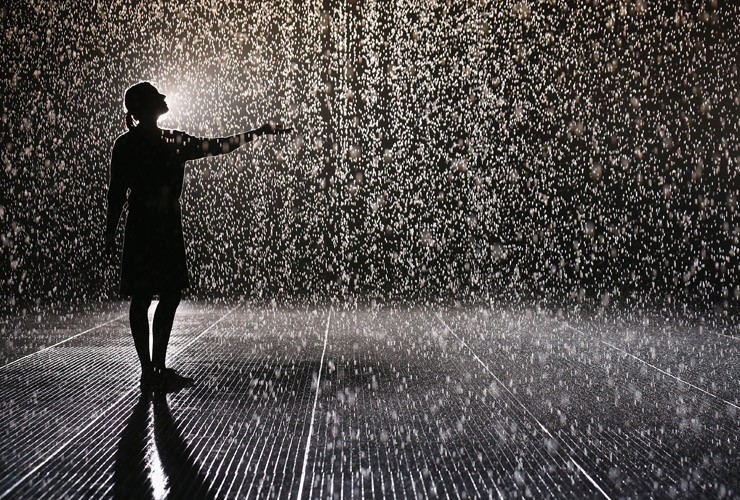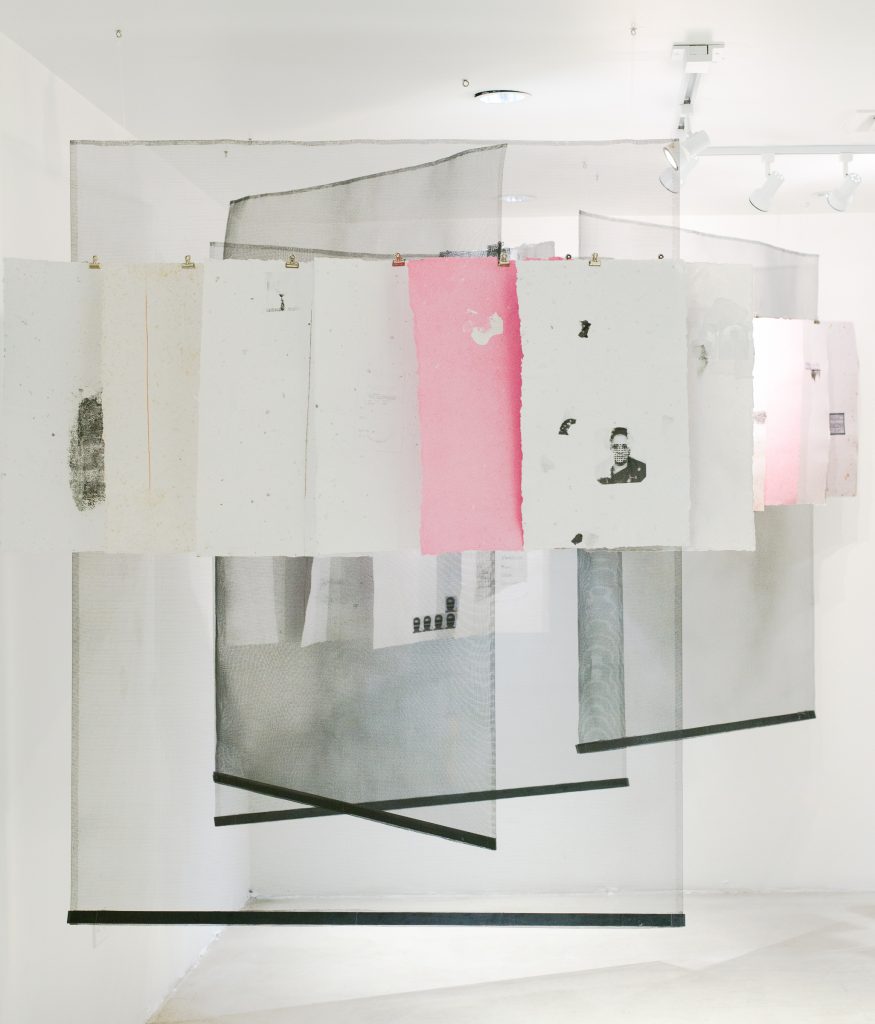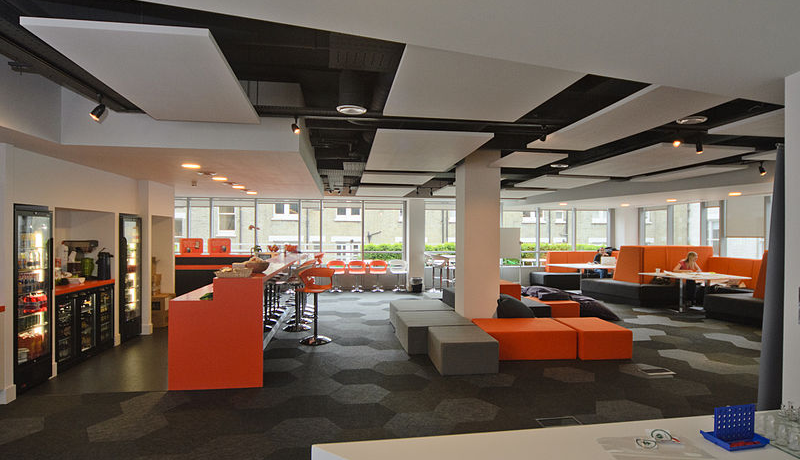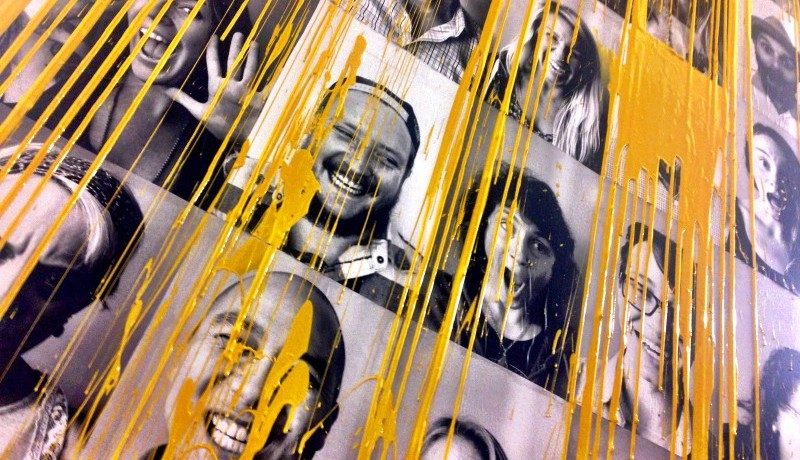Category: Blog Post

Random International’s Rain Room (2012) is an immersive environment of perpetually falling water that pauses wherever a human body is detected. The installation offers visitors an opportunity to experience what is seemingly impossible: the ability to control rain. Rain Room presents a respite from everyday life and an opportunity for sensory reflection within a responsive relationship.
In the words of Raqs Media Collective:
“The best kind of art, like the rain, invokes a re-ordering of the cognitive and the sensory fields. It asks of its actual and potential publics to open doors and windows and let the other worlds in. This re-ordering–subtle slight, sure, sharp or soft as the case may be, whether it is a desultry drizzle across a few frazzled or jaded synapses, or the neurological equivalent of an electrical thunderstorm and sudden downpour — is why we bother with art in the first place. When it rains art, we do not reach for umbrellas. It makes sense to let ourselves soak, as long as we can, like children dancing in the season’s first rain.”
In the same vein, my art practice does not discriminate audiences in the application of art but almost always disrupts a habitual pattern to inspire a personal or social shift. As Creative Director of limeSHIFT, our art interventions have influenced empathy, community and leadership in private companies, universities and neighborhoods in Boston, Chicago, and New York City. Many of our working practices are directly informed not just by individual artistic processes, but also by the working modes of artist collectives.
Artist collectives have occurred throughout history, often gathered around central resources, for instance the ancient sculpture workshops at the marble quarries on Milos in Greece and Carrara in Italy. Collectives featured during both the Russian revolution when they were set up by the state in all major communities, and the French Revolution when the Louvre in Paris was occupied as an artist collective.
An artist collective is an initiative that is the result of a group of artists working together towards shared aims. These aims can include almost anything that is relevant to the needs of the artist, ranging from purchasing bulk materials, sharing equipment, space or materials, through to following shared ideologies, aesthetic and political views or even living and working together as an extended family. Sharing of ownership, risk, benefits, and status is implied, as opposed to other, more common business structures with an explicit hierarchy of ownership such as an association or a company.
The aphorism “a rising tide lifts all boats” is associated with the idea that improvements in the general economy will benefit all participants in that economy. Beyond sharing materials and ideologies, artist collectives have showcased time and again that collaborative processes tend to benefit all of the members of any given community.
I used to have a full-time art practice – a space where to concentrate on my process and create my own work. While I accomplished a lot, I also had time to deliberately do nothing. When I moved to New York it became too expensive to be an emerging artist and maintain a full-time art practice. Most artists in New York take on jobs and “work on my personal stuff on the weekends.” Though often it is difficult to muster up the energy to do so. In fact, many emerging artists work in jobs associated with the arts but purposefully not in creative positions to avoid being “creatively drained.”
As an idea, I disagree with the premise that there is a cap on creativity. Working in a creative position at limeSHIFT doesn’t hinder my ability to create my artwork. It does take time away from my practice but it doesn’t take away from my inner dialog and thought process. Nothing stops me from thinking about how I create and the materials I use.
The only way to get an idea is knowing you need one. Creative ideas and concepts for artwork don’t happen in the studio alone. The inspiration for your work can come from anywhere and from doing anything – it’s the practice of opening yourself to it and contemplating it. Being trapped in a studio can limit your exposure.

Talking about your work is an important part of the process for an artist – it helps you articulate your thoughts into tangible actions. As the Artistic Director at limeSHIFT, I am exposed to many artists and learn about their processes. Usually guiding them through how their practice could work with limeSHIFT and help execute their vision.
I recently completed a visual artist residency at BRIC and will be heading to MacDowell in September. Throughout this time I am given space to actualize my thoughts and create the artwork that rests in my mind. Luckily, limeSHIFT understands this relationship with my work and allows me to juggle these responsibilities. Before I set foot in these studios I have a clear work plan and the rough idea on what I would want to accomplish. However, the nature of making artwork isn’t that precise and experimenting in the studio is a large part of creating.
While creating this work and working at limeSHIFT – I learned that being a practicing artist and employee in a company takes a lot of planning. But if it is something you want to pursue, it is important to work for a company that is willing to foster that relationship.
Employee engagement is a hot topic these days, and for good reason. Several studies have shown that an engaged workforce leads to higher productivity, increases customer satisfaction, and improves retention.
Of course, there isn’t a simple formula for boosting engagement at your organization, and there are many elements that play into it, including hiring, organizational design, and leadership. One of such key elements is the design of the physical workspace where employees spend a large portion of their lives.
A well-thought out office space isn’t simply functional or beautiful. Workspace design can also help employees feel truly connect to their work, their company and each other. So what does an engaging workspace look like? Read More…
The contemporary arena’s need for the ‘new’ is unreasonably guided by disassociation or foregoing relation with any predicate. The equally misused business term for this need is ‘disruption’. This amnesia devalues the brilliance of our generation: our mastered skill of formulating newly combined associations that better navigate our world—practiced by means of contemporary culture’s access to seas of unceasing fragments of knowledge. ‘The Origami Method’ is a diagram of seven steps to illustrate the process of evolving contemporary art –or business, or products— by ever-shifting points of reference. The ‘Method’ builds upon an essay written by T.S.Eliot “Tradition and the Individual Talent” [1920].
In the essay, Eliot describes a circumstance in which one conflates the ‘best’ with the ‘never before seen’ in evaluating a poem: that if one were to mark the ‘best’ parts of a poem, he might circle what he considers the most ‘innovative’ parts, those which have never before been written. Eliot suggests that when removing such prejudice from the valuation, the evaluator might rather mark the ‘best’ parts of a poem as the most ‘individual’ parts of a work—a mixture of never before written and innovative reframing of the past where an artist asserts his influences. limeSHIFT boldly equates this chart for art with progressing business. Read More…
Organizational culture research points to significant financial benefits for companies that invest in giving. In his article for Harvard Business Review, “In the Company of Givers and Takers,” Adam Grant, Professor at University of Pennsylvania’s Wharton School, states that “higher rates of giving were predictive of higher unit profitability, productivity, efficiency, and customer satisfaction, along with lower costs and turnover rates. When employees act like givers, they facilitate efficient problem solving and coordination and build cohesive, supportive cultures that appeal to customers, suppliers, and top talent alike.”
So why aren’t more companies investing in creating cultures of givers? One answer is simply that they don’t know how. Read More…


